Lemon Cane
Cannabinoid THC Dominant
THC 19 - 20%
CBD 1.03 - 1.2%
Effect Focused
Side Effect Hallucination
Flavor Mango
All About Lemon Cane Weed Strain
THC
CBD
Potency
The Lemon Cane strain, also called "California Lemon Cane," is an evenly balanced hybrid (50% Sativa / 50% Indica). This weed resulted from crossing the classic Lemon Peel and Do-Si-Dos strains. Named for its extra mango plus lemon taste and potent high, the Lemon Cane marijuana is the perfect option for all hybrid lovers who appreciate a slight Sativa lean in their effect. As its name implies, the Lemon Cane cannabis flower has a bright, sweet, and sugary citrusy lemon aroma and taste that comes from the myrcene as the dominant terpene. The high starts almost immediately, taking both mind and body with a lifted sense of energy and creativity. The THC level in the Lemon Cane amounts to 20%, making this weed suitable for experienced smokers.
Other cannabinoids create a complex composition and include:
- CBD 1.03 - 1.2%
- CBC 0.12 - 0.16%
- CBG 0.35 - 0.47%
- CBN 0.36 - 0.48%
- THCV 0 - 0.2%
Taste, Smell and Terpene Profile
Since the Lemon Cane strain combines both Sativa and Indica genetics, the weed's terpene composition is varied and is mainly dominated by fruity terpenes, like myrcene and limonene. Therefore, the Lemon Cane tastes like its name suggests - the sweet citrusy flavor of refreshing mango and lemon with spicy undertones on the exhale. The aroma of Lemon Cane marijuana bud is similar but more earthy, featuring notes of lemon, blueberry, and menthol that create a delicate finish.
Other terpenes provide various overtones that make the Lemon Cane cannabis a delicious option for most smokers. They include:
- Pinene
- Humulene
- Linalool
- Caryophyllene
Effects and Medical Uses of Lemon Cane
The Lemon Cane strain is well-known for its potent and bright high that hits you almost with the very first exhale. This euphoric state will fill your mind with a lifted sense of energy and happiness for hours to go. You will find yourself in a highly creative state, allowing you to finish artworks that don't require much concentration. Once your mind reaches new heights, you will notice a total sense of happiness in and around, lifting your mind and reducing the stresses of the day. A soothing high will be next, overwhelming the body and leaving you relaxed without dampening your energy level in the slightest.
With these combined effects and its high THC concentration, the Lemon Cane weed is often chosen to treat symptoms of conditions related to:
- Anxiety
- Anorexia
- Glaucoma
- Insomnia
- Arthritis
- Depression
- Alzheimer's
- Parkinson's
- Lack of appetite
With such high THC levels, smokers sensitive to cannabis or with low experience levels may feel some common side effects that include:
- Dizzy
- Hunger
- Concern
- Dry eyes
- Depression
- Hallucination
- Thirst and dry mouth
Growing Information
When properly grown, the Lemon Cane produces buds that have small and rounded minty green nugs covered in sparse, thin orange hairs with a coating of frosty, bright white crystal trichomes. According to cultivators, the weed can be grown by beginners as it doesn't require too much attention. The Lemon Cane marijuana has a flowering window between 55 and 62 days and produces a moderate yield of 10-15 ounces per plant in 57 days. The plant reaches 60-80 inches when growing outdoors, while indoor conditions allow for only 30-60 inches.
Side Effects
Simply let us know how this strain tastes or write a detailed review.
Lemon Cane Strain Cannabinoids
| THC | Tetrahydrocannabinol, or THC, is a major cannabis chemical compound. It is a psychoactive element that stimulates dopamine release and induces euphoria or happiness. THC-rich strains may be helpful with such conditions as lack of appetite, chronic pains , etc. It is considered to be the primary active marijuana component. | 19 - 20% |
| CBD | Cannabidiol, or CBD, is a major compound in cannabis, which is non-psychoactive. It is also proved to counteract the side effects of the second major component THC. CBD is widely used for medicinal purposes in rubs, oils and so on. It is helpful in muscle pain cases, may treat arthritis and migraines. Even Greeks used it against pain, while Queen Victoria applied it to get rid of menstrual cramps. | 1.03 - 1.2% |
| CBC | Cannabichromene, or CBC, is a minor cannabinoid, meaning that its quantity in cannabis is quite little. Though it has the same origin as CBD and THC, it is different in functions. Without any psychoactive effects, it is an efficient cannabis compound in combating acne and depression. CBC produces analgesic, antibacterial and anti-inflammatory effects. | 0.12 - 0.16% |
| CBG | Cannabigerol, or CBG, is one of the minor cannabis compounds in adult plants. On the other hand, young ones contain a lot of this antibacterial and anti-inflammatory component. During the growth, CBG is converted into different cannabinoids, mostly THC and CBD. The compound itself increases appetite and decreases eye pressure. | 0.35 - 0.47% |
| CBN | Cannabinol, or CBN, is a trace element in cannabis that is considered to be mildly psychoactive. It appears from oxidation THC, exposed to light and heat. CBN is mostly contained in old cannabis and in traditional hashish. It is effective against insomnia, bacterial infections and appetite loss. | 0.36 - 0.48% |
| THCV | Tetrahydrocannabivarin, or THC-V, is a compound contained in cannabis in trace amounts. Even though it is close to THC molecularly, it is different in effects. This compound may be psychoactive only in large amounts. THC-V reduces blood sugar, controls appetite, stimulates bone growth, etc. African Sativa strains are the richest in THC-V. | 0 - 0.2% |
Lemon Cane Terpene Profile
| Pinene | Pinene is one of the most widespread terpenes in nature, found in pine trees, basil, nutmeg, parsley, and rosemary. Cannabis containing terpene (alpha-pinene or α-pinene) boasts a strong pine scent. Pinene is responsible for anti-inflammatory, pain-relieving, and anti-anxiety effects. | 0.06% |
| Myrcene | Myrcene (also known as β-myrcene) is one of the most common terpenes found in cannabis, representing more than 20% of the modern marijuana terpene profile. Myrcene has a distinct earthy, musky flavor, resembling cloves. It is responsible for calming and soothing effects of weed. Myrcene is also found in hops, thyme, mango, lemongrass, guava melon. | 0.44% |
| Humulene | Humulene (also known as α-humulene) is one of the major terpenes found in cannabis, contributing to woody, earthy, spicy, herbaceous, and, mainly, floral aromas of cannabis. Used in modern medicine, humulene offers anti-inflammatory, antibacterial, and appetite suppressant effects, which have been well-researched by pharmaceutical companies. | 0.05% |
| Limonene | Limonene (also known as d-limonene) is the second most common terpene in nature and the third most common terpene in cannabis. It has a powerful citrus aroma and can be found in all citruses, including lemons, oranges, grapefruits, limes, juniper, etc. Limonene is known to elevate moods and provide anxiety, depression, and stress relief. | 0.18% |
| Linalool | Linalool (also known as beta linalool, linalyl alcohol, linaloyl oxide, and p-linalool) is one of the rarest terpenes found in cannabis, mostly in small quantities. Linalool is known for its spicy and lavender aroma, bringing relaxation and calming effects. It is also said to provide anti-inflammatory and analgesic properties that can be useful for athletes. | 0.09% |
| Caryophyllene | Caryophyllene (also known as beta or b caryophyllene) is a terpene found in many herbs and spices, such as black pepper, basil, rosemary, and oregano. Cannabis high in caryophyllene delivers a strong spicy, peppery aroma, resembling cinnamon and cloves. Caryophyllene offers potent anti-inflammatory and sedative effects. | 0.17% |
| Total terpenes content | 0.99% |
Growing Info
Similar Strains
THC 15.5 - 22%
CBD 0.02 - 0.19%
Effect Uplifted
Flavor Pear
THC 27 - 30%
CBD 0.46 - 0.57%
Effect Giggly
Flavor Diesel
THC 18.5 - 20.5%
CBD 0.31 - 0.75%
Effect Sleepy
Flavor Orange

THC 20 - 23%
CBD 0.81 - 1.04%
Effect Hungry
Flavor Skunk
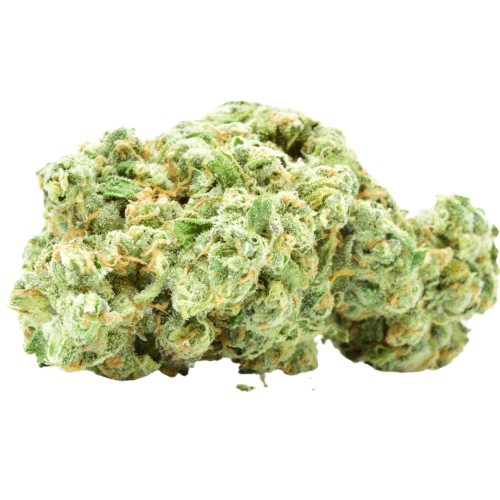
THC 15 - 18%
CBD 1.08 - 1.57%
Effect Giggly
Flavor Sweet
THC 19 - 23.25%
CBD 0.37 - 0.89%
Effect Euphoric
Flavor Spicyherbal
THC 21 - 22%
CBD 0.41 - 0.63%
Effect Euphoric
Flavor Orange
THC 18 - 21%
CBD 0.12 - 0.36%
Effect Happy
Flavor Flowery
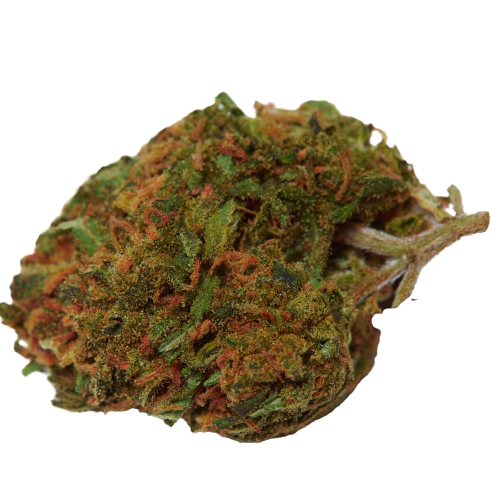

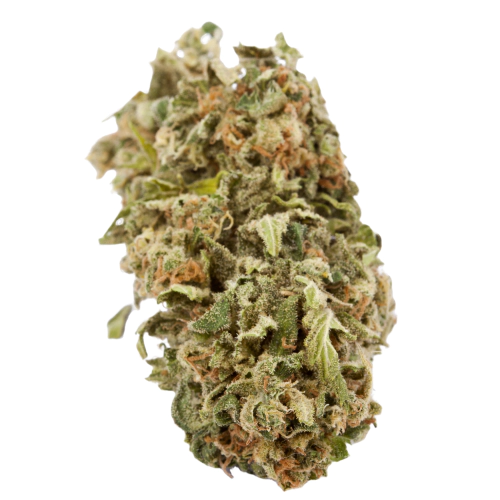
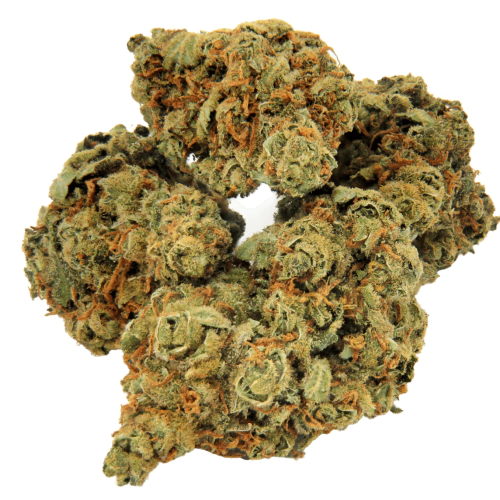
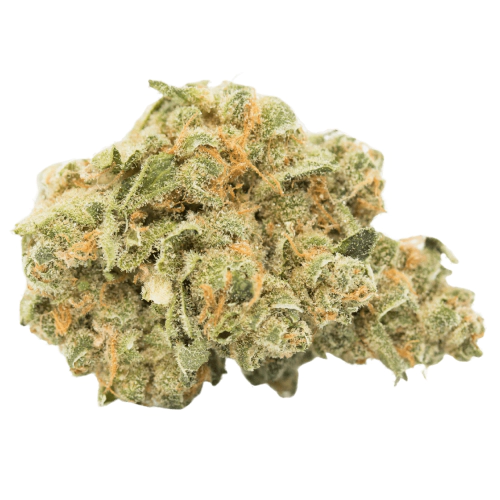
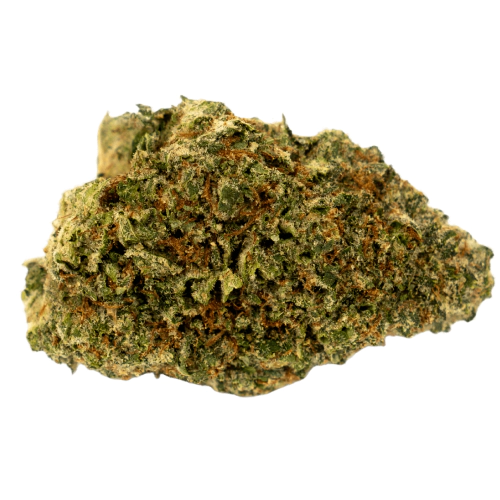

Be the first and share your opinion
Write a Review